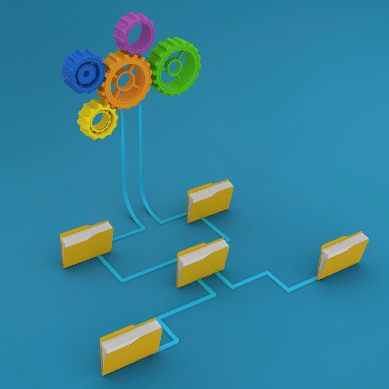The digital boom has prompted a seismic shift to workload outsourcing and cloud-based services. According to a recent IDG study, 81% of all organizations have at least one workload in the cloud today. Nemertes Research predicts that this is the year the majority of workloads will be in the cloud versus in on-premises offices and servers. As supply chains and vendors combine to form a complex web, it is imperative to keep a strong grasp on the constantly expanding perimeter of your enterprise.
Third-party risk management is the practice of assessing and monitoring the security, compliance, processes, and practices of your vendors. These third parties are typically vendors and suppliers, but they can also be consumers, end-users, or distributors. The importance of vendor risk management should especially be emphasized when a vendor has access to a valuable business function or handles sensitive personal data.
How do you manage third-party risk?
- Identify potential risks.
- Perform a risk assessment of each vendor.
- Mitigate exposed risks.
- Continuously monitor and report on the effectiveness of the program.
Benefits of using a third-party risk management solution:
- Simplify procurement processes
- Improve supply chain resilience
- Meet compliance audit requirements
- Promote a security-first culture
- Mitigate risk exposure
- Save hundreds of hours of manual labor and cut costs
The Centraleyes cloud-based solution reimagines third-party risk management and helps you achieve cyber resilience and compliance. With our totally unique platform, you can continuously assess, categorize and prioritize hundreds of vendors in one centralized dashboard. Centraleyes is the only hybrid third-party risk solution that enables you to continually mitigate security gaps in a vendor’s risk profile and allows for quick threat remediation.
Please login or Register to submit your answer





